Miele CM 6160 Coffee Machine review – is it worth $2,000?
The Miele CM 6160 coffee machine is slick, smart, and too expensive.
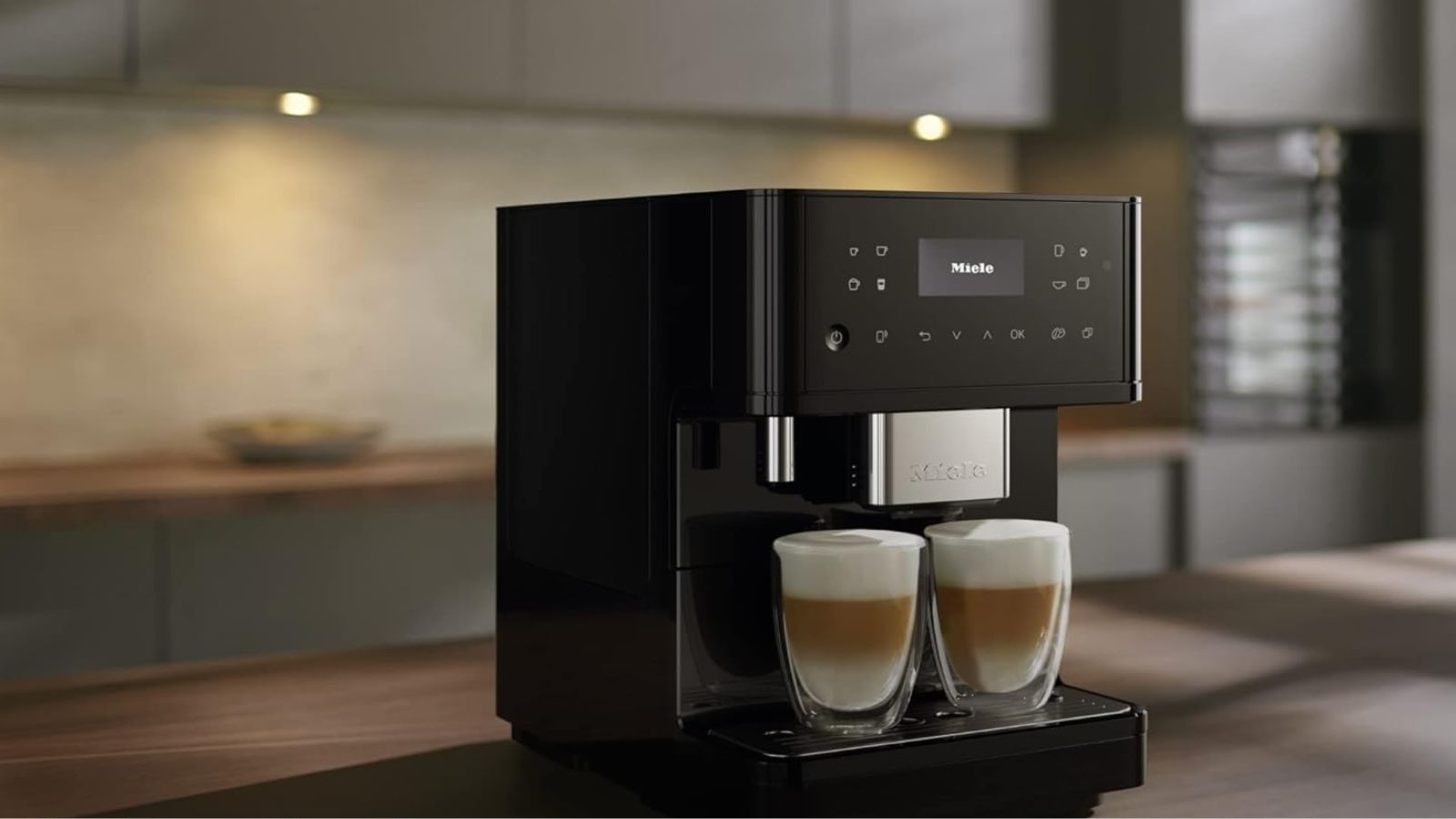
This boxy, minimalist coffee maker is a luxurious option for large families. It makes flavorful, customizable coffees, but is incredibly expensive.
-
+
Stylish aesthetics
-
+
Cuztomizable
-
+
Smart milk texturing system
-
-
Expensive
-
-
Large footprint
-
-
Lacks some range
You can trust Homes & Gardens.

If you take a look around luxury, well-built kitchens, you're bound to spot some Miele products. However, the place you might not to expect to see this iconic, German brand is in your kitchen coffee station.
Venturing into the coffee market, Miele has released a range of seriously slick, but incredibly expensive coffee machines. As a barista, I was naturally curious to see what Miele would make of a coffee machine, so I took this to our dedicated test kitchen to see how it could fare alongside coffee giants like De'Longhi and Breville.
I used it to make a range of coffees, and found that the milk frothing system is impressive, as are the espressos. It's a really nice machine, but if you buy it at full price, you will need to set aside at least $2,000. Can any coffee maker be worth that much?
Specifications
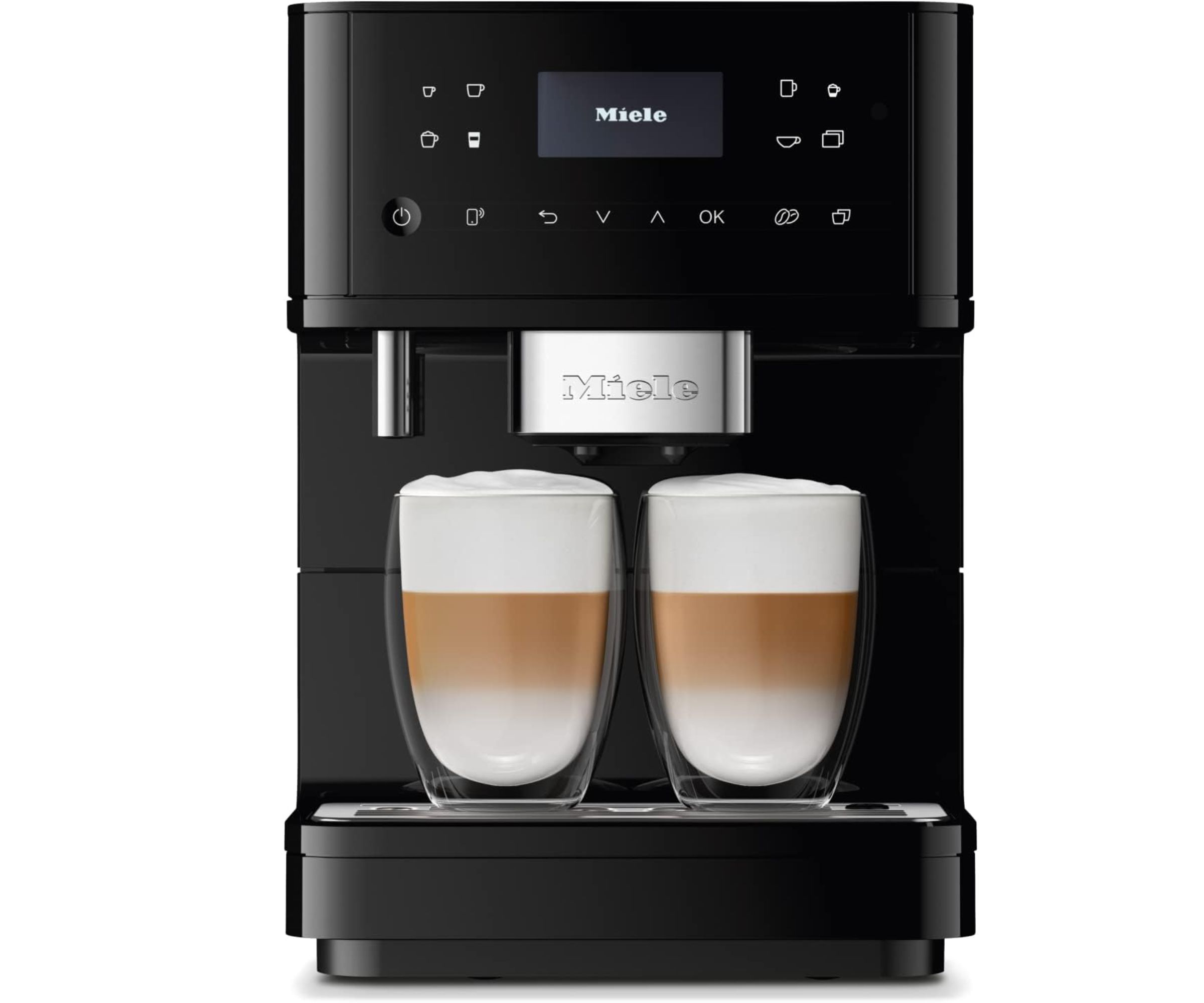
Dimensions | 14.1'' H X 9.9'' W X 16.8'' D |
Weight | 21.8 lb. |
Programmable | Yes |
Grinder | Integrated, stainless steel conical burrs |
Bypass chute | Yes |
Bean capacity | 11 oz |
Water tank capacity | 61 oz |
Pressure | 15 bar |
Unboxing
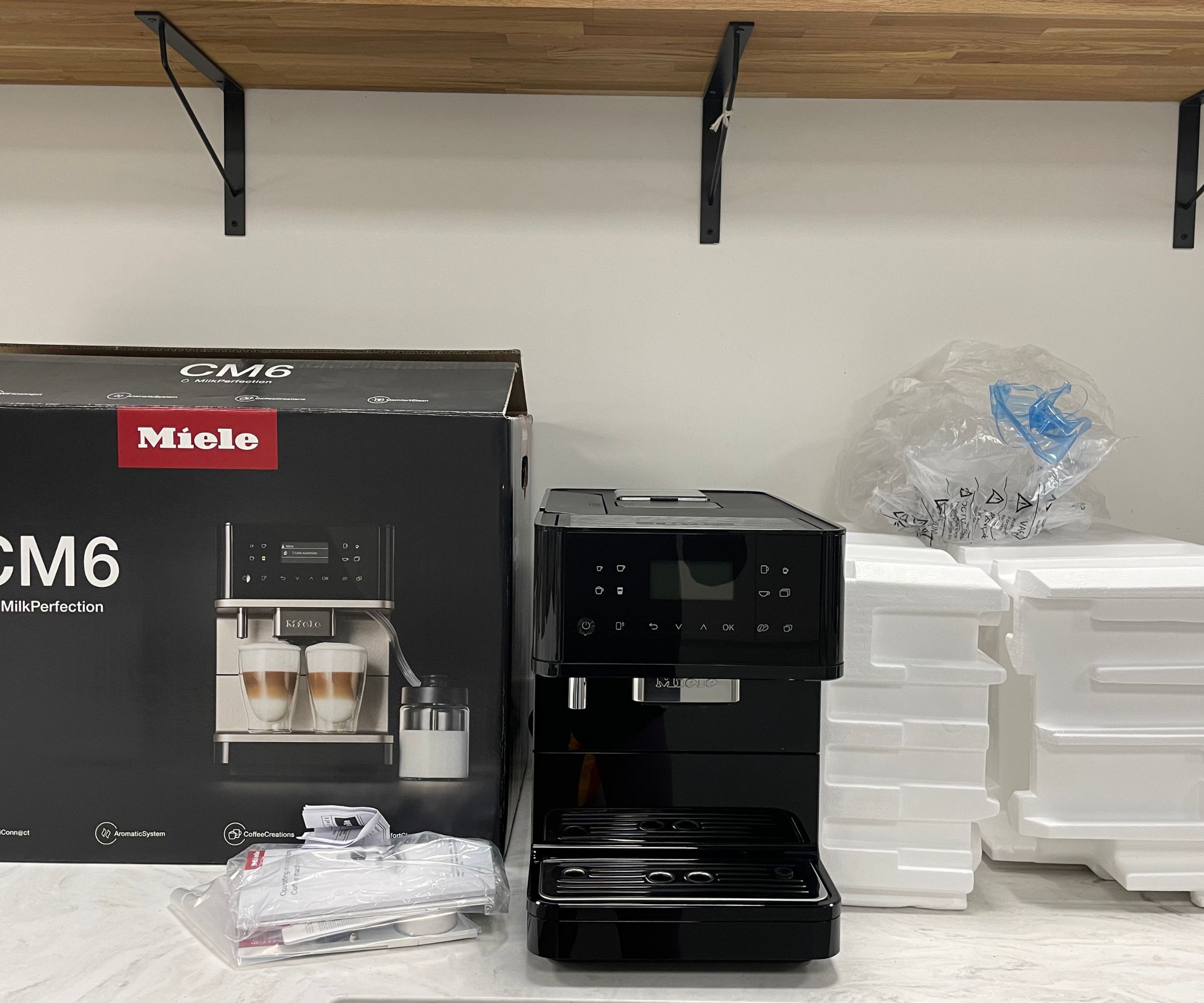
As you might expect from an expensive machine, this is big and heavy. It comes wrapped in lots of plastic and polystyrene, but once you've peeled that back, there's a smart, glossy machine, ready to use.
There's actually very little else to do once you've unboxed the machine. The screen at the front will walk you through everything that you need to do to ensure that your coffee machine is ready and set-up perfectly. The water reservoir, milk tubes, and bean hopper all tuck neatly into the machine, so you wouldn't even know they were there.
One note on the screen: whilst it is very helpful, it is also a little dated. I expected it to be touchscreen, but there are buttons you need to use to navigate through the settings. As someone who is used to touch screen everything, it's a step back in time, but the buttons are responsive, so I don't have any complaints.
Who would it suit?

The aesthetics of the CM 6160 coffee machine are signature Miele. It's boxy and minimalist; bold without being the first place you look when you walk into the kitchen. My only word of warning would be that this comes out quite far on the countertop, so it will look much better on deep surfaces, or, if you have space for an integrated coffee machine in your kitchen, this would slot in some cabinets perfectly.
Design expertise in your inbox – from inspiring decorating ideas and beautiful celebrity homes to practical gardening advice and shopping round-ups.
You'll need to have a big budget to start looking at the Miele. If you can't find it reduced, it will set you back well over $2,000. I normally set $1,000 as the point of diminishing returns with these machines, but you might find this irresistible still.
What is it like to use?

The screen makes this easy to navigate. You can connect your phone to the coffee maker, but you don't need to. It's not one of those machines that depends on an app.
Miele offers four user profiles, which you can set up with bespoke coffee requirements: strength, temperature, type, grind and so on. This is easy to set up and helps to ensure that every member of the house can drink their coffee exactly as they like it. There's even a DoubleShot feature, which grinds and brews two times using less water. This is among the most intense shots I've ever had: if you feel like you're still under a cloud of sleep in the morning, try the DoubleShot.
Test 1: espresso
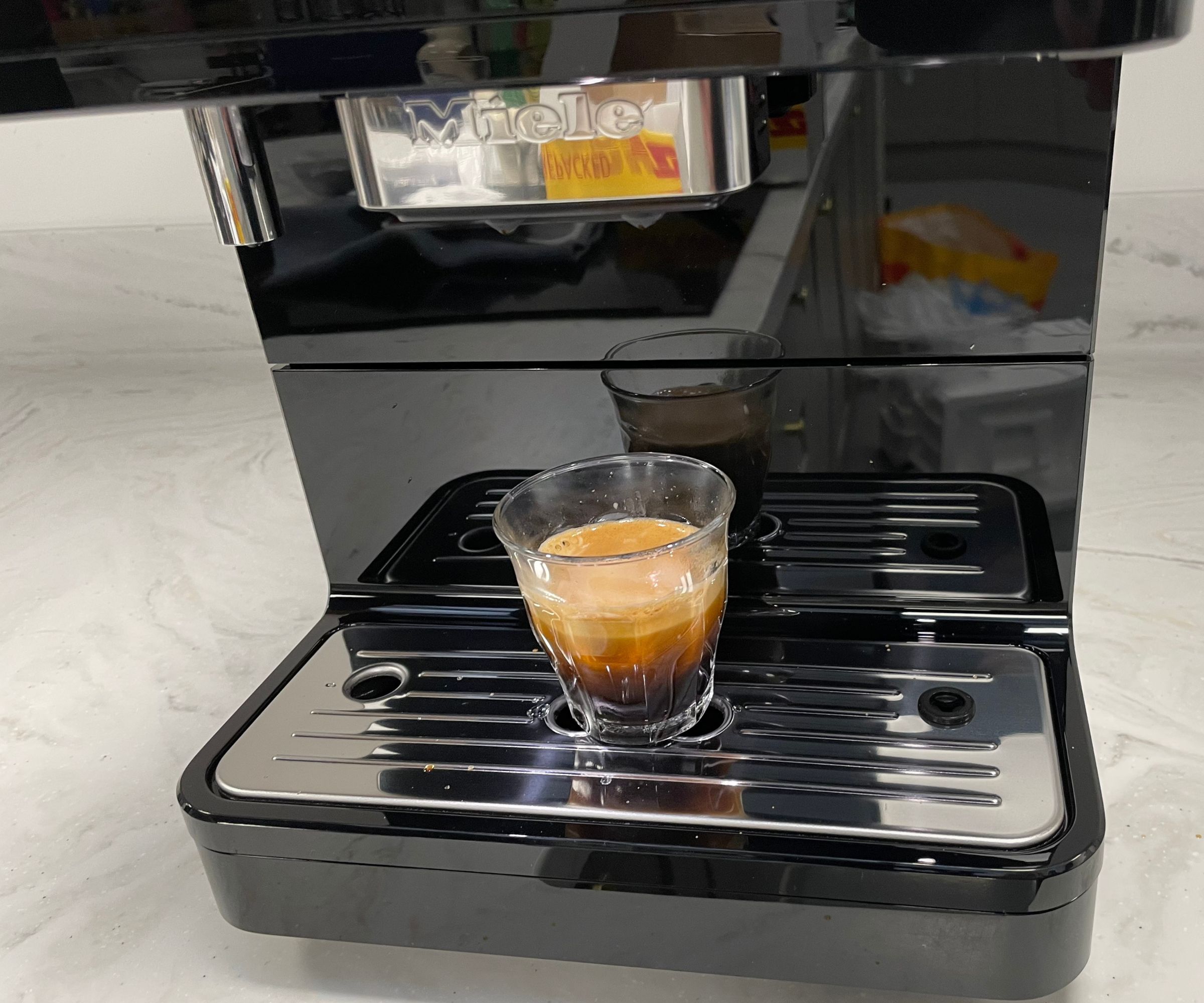
The espressos are the star of the CM 6160. The first grind – as you should expect from any new machine – was slow and I needed to wait for it to brew, but when the Miele started pulling a shot, it was speedy. In total, it took me about a minute to get my first espresso from the CM 6160.
The brew head slides down, so you can have it right above a small espresso cup. This should help to minimise any splashes and unnecessary mess. Once in my cup, the 1.25 oz espresso had a beautiful gradient of chocolatey brown coffee up to the thick, hazelnut crema. Those colors reflected the flavors perfectly: it was delicious. It had the perfect balance of bitterness, sweetness, and sourness. It was velvety, with a smooth aftertaste.
Test 2: Americano
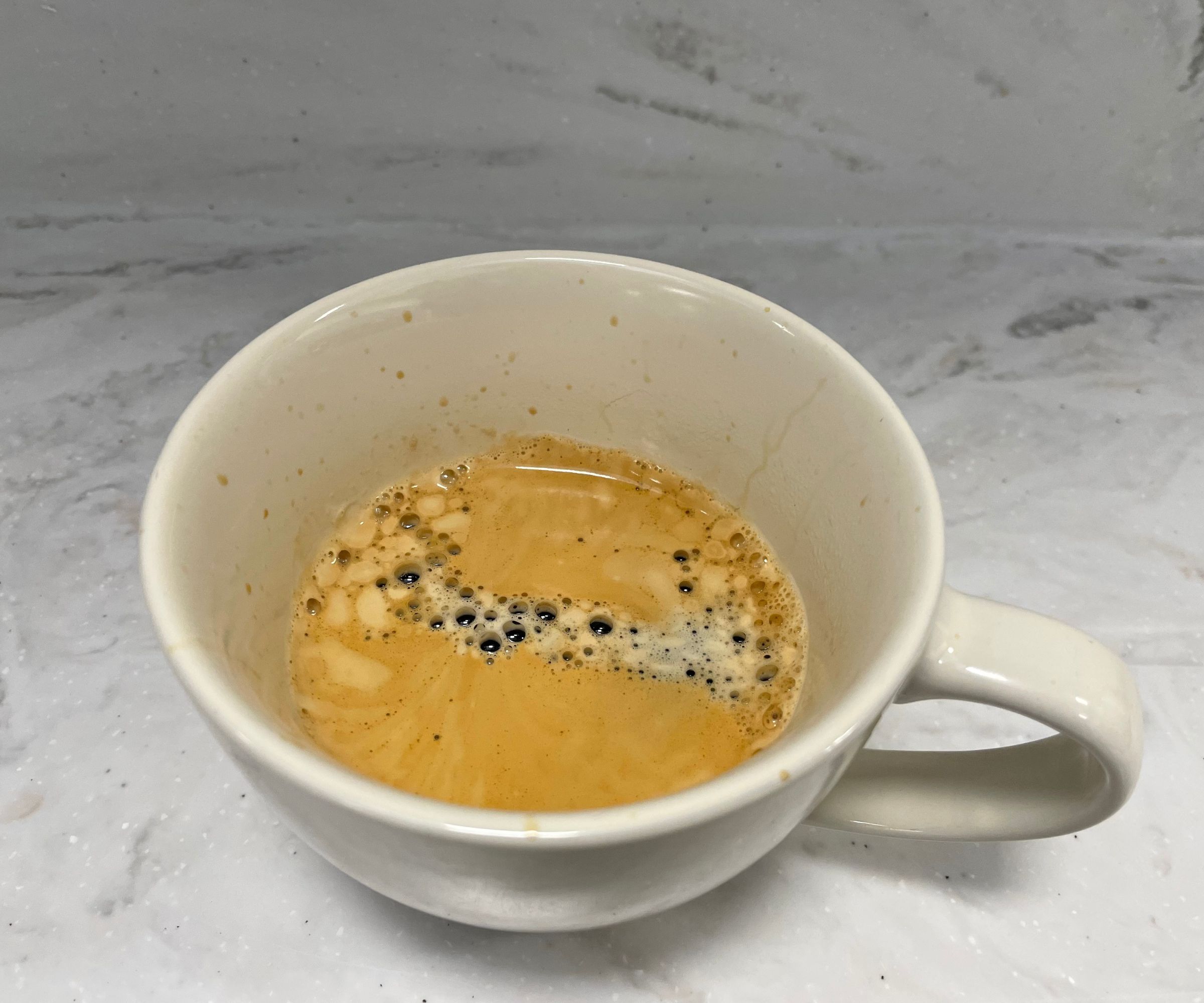
My Americano was, again, a little slow to brew. It took just under 1 minute 20 seconds. The drink itself was quite sweet and a little nutty, which was a real treat. The Miele is an excellent extractor of flavors. My biggest gripe is that the default heat was just far too hot. The first Americano I made tasted way too bitter, but, once adjusted, you can make the perfect brew every time.
It was 5 oz in total, which is the perfect size. I would say it was on the stronger side, but, again, this is something you can change in your preferences.
Test 3: cappuccino
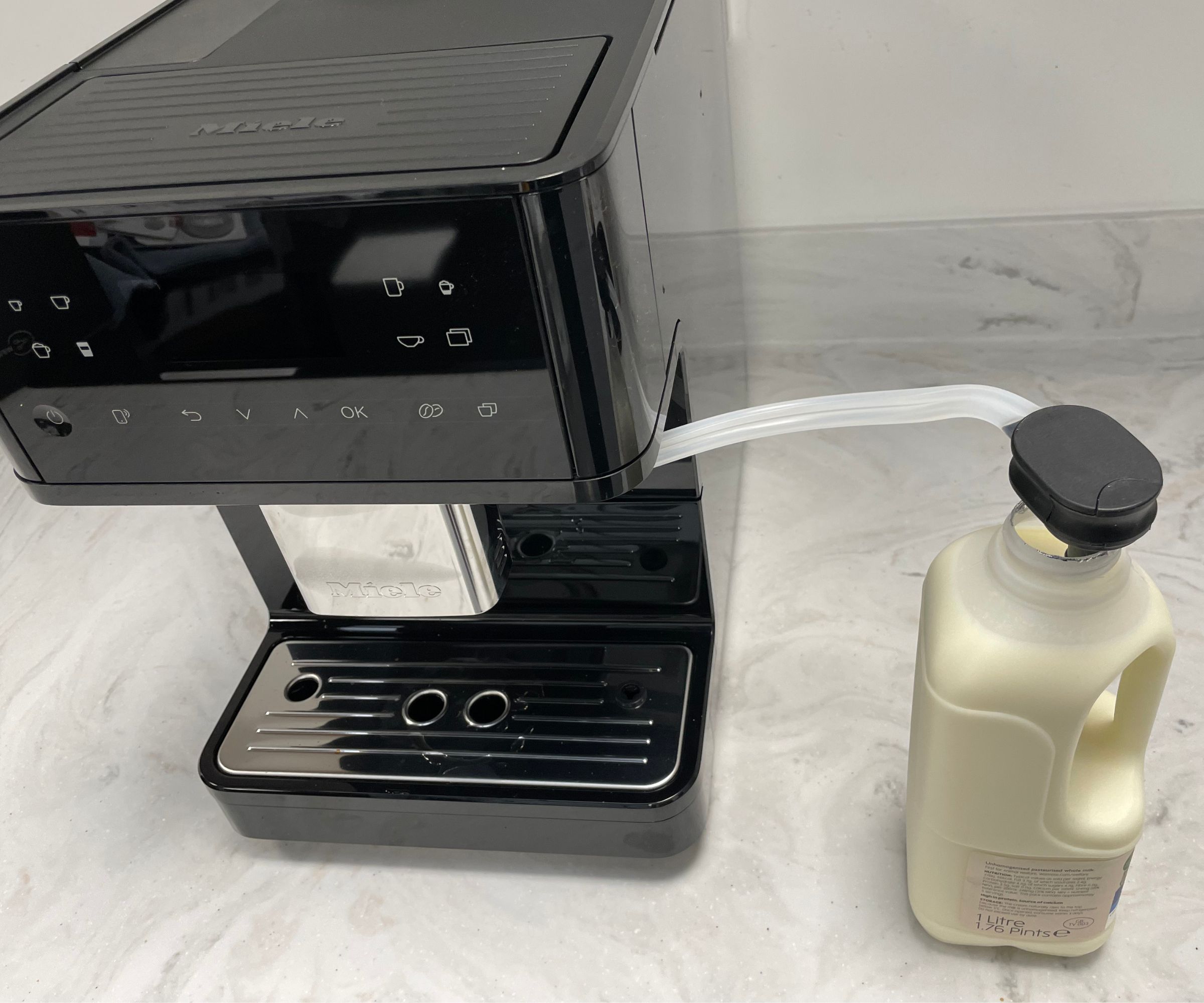
I love Miele's milk texturing system. The screen comes loaded with a range of speciality coffee drinks, which you can adjust the strength, size, and temperatures of, but that's not the best bit. Miele uses some flexible pipes, rather than a steam wand, to texture milk. This means you can slot the pipe directly into your milk carton, saving time, mess, and space in your refrigerator (there's no need to have a carafe of milk in the door). You can buy Miele's glass milk container separately for another $100, but I wouldn't. You don't need it.

I tried making a cappuccino with both dairy and almond milk. The dairy cappuccino was relatively impressive. The CM 6160 was quiet when brewing it and had completed my drink within a minute and a half, but the milk looked a little bubbly. The texture was a little less than optimum silkiness, but not bad. More importantly, it wasn't overheated, so the milk was a nice, sweet balance to the espresso.
I did a rinse of the tubes before trying to make an almond milk cappuccino. The almond milk was warmed too much the first time, so I hopped into the settings and adjusted it. Once I had made my amends, the Miele made an impressive, dairy-free cappuccino. It was strong, but silky, and well frothed too. The almond was gently sweetened, so balanced my espresso shot excellently.
Cleaning, storage, and maintenance

The CM 6160 keeps on top of its own cleaning and maintenance. When the coffee bean chute was open, it let me know. When it needed cleaning, it let me know what to do. The only thing it won't tell you is when it's out of beans. Keep an eye on your coffees: you'll definitely know.
I tested this in black, so kept wiping the glossy surfaces to keep them sparking. If you choose to opt for white, you'll need to be meticulous. There were a number of times when coffee splashed out a mug and onto the machine. On white, this will be hard to miss.
How does it rate online?
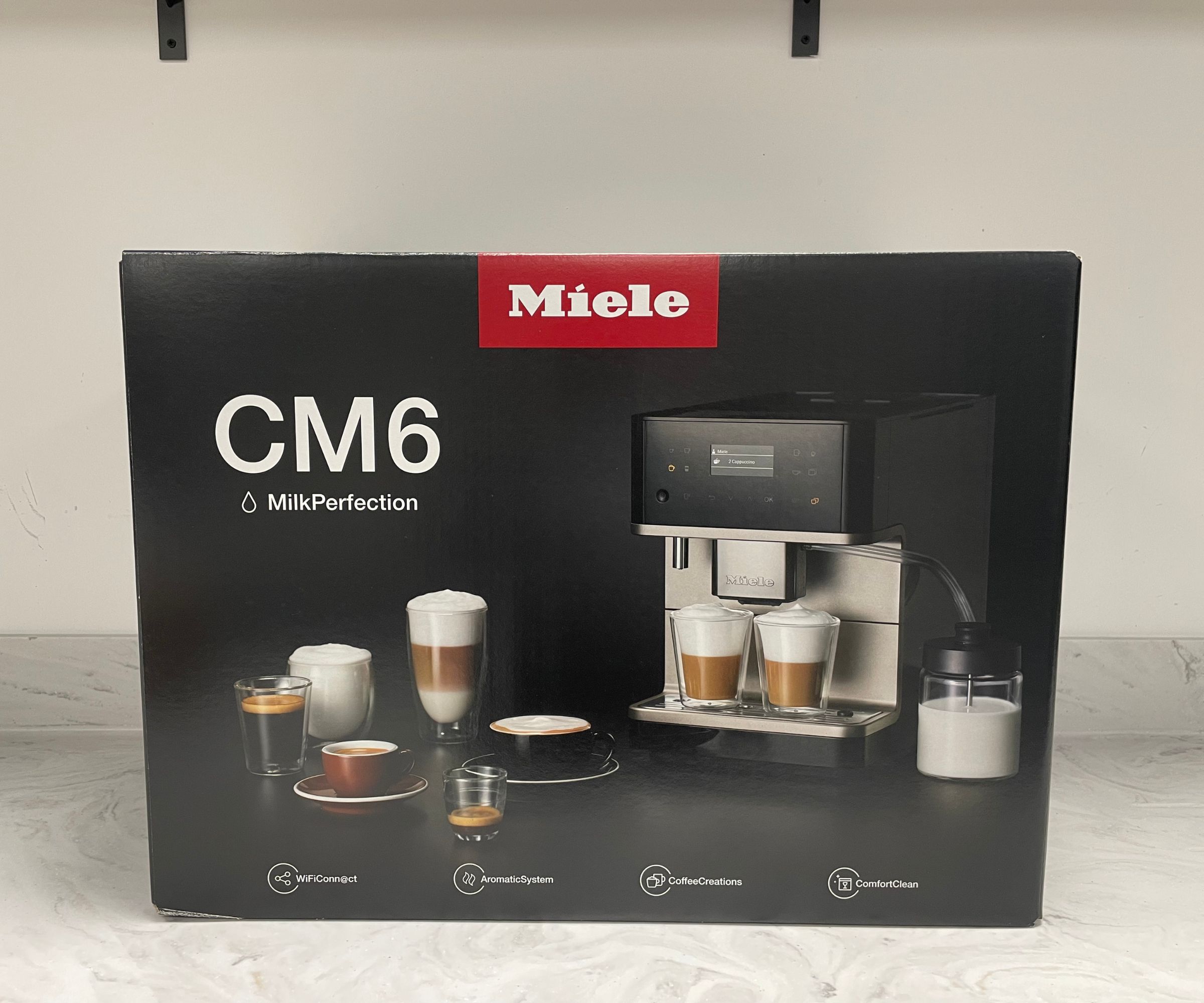
I thought the price of the CM 6160 would upset most reviewers, but it doesn't seem to have phased anyone except for me. It's scored top marks with other professional reviewers and has received lots of praise for how easy it is to use and the flavors that it can extract. There's no doubt that this is a high end machine.
As I expected, lots of people were surprised that the screen is not yet senstive to touch. It's not quite as nice to navigate through and lots of people raised this in their reviews. It's also worth noting that the milk cleaning system is a little relentless. Lots of people found that it uses a frustrating amount of water.
Overall, if you break down the Amazon reviews, the Miele scores really well for flavor (with an average of 4/5 stars), but falters a little on the cleaning and, when it comes to value for money, this received only 2.8/5 stars.
How does it compare?
The price of the Miele instantly puts it directly against one of my favorite coffee makers of all time: De'Longhi's Eletta Explore. This will also set you back at least $2,000, but I think it's justified. The De'Longhi is slim and stylish, with a touchscreen interface. There are options to make over fifty different coffees programmed into the machine, including the much sought after cold brew. Some might say that is overkill, but when you've spent $2,000, a little overkill is needed, I think.
The De'Longhi comes with various milk steamers, which easily become clutter, so Miele is a much better option if you want to save on space. It's also a completely different shape: the Miele is low and flat, whilst the De'Longhi is tall and slim.
If you don't like the idea of spending that much on a bean-to-cup coffee maker, there are plenty of good coffee makers you could buy instead. The Philips 3200 Series is just $800 and much smaller than the Miele. It has a more limited range of coffee options (6) and doesn't have different profiles which you can tailor to your drinking needs, but it is excellent at frothing milk.
Should you buy it?

When you're spending at least $1,500, you can get a lot for your money. The Miele would make a good coffee maker for kitchens with deep cabinets, especially if you want to achieve that 'built-in' look.
It will make a good coffee, especially espressos, and I think the milk texturing system is one to watch. However, if I had the budget, I would shop around a little, because you can get some seriously smart coffee machines with that money.
How we test
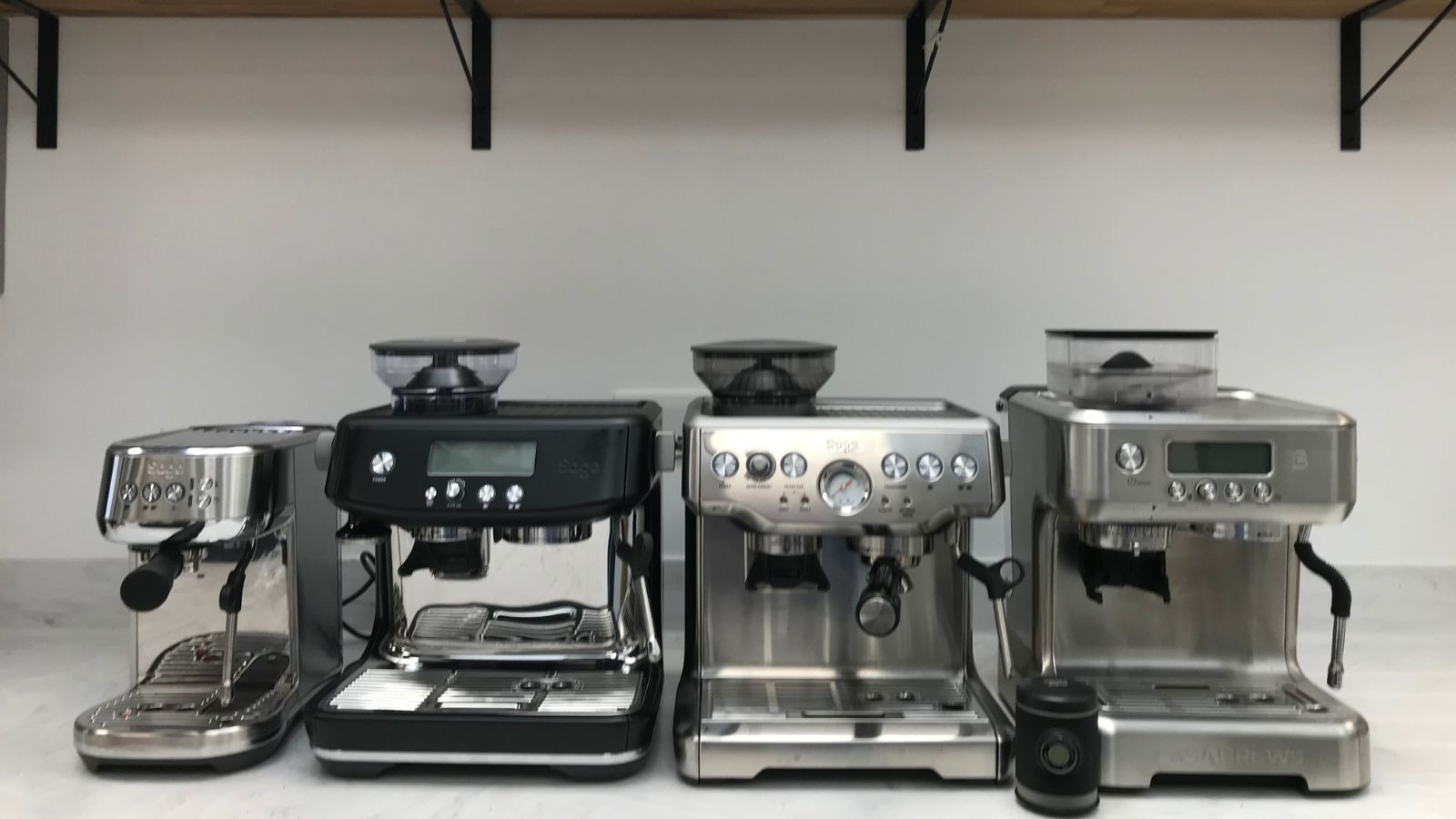
At Homes & Gardens we want to give you practical, useful insights into each product we test. When we're looking at coffee machines, our team of certified experts (which includes a former barista) go deep into the details.
We take every coffee machine we review to our dedicated test kitchen. There, we make notes on how well they make espressos, Americanos, and cappuccinos. This gives a good idea of how well the coffee machine delivers flavor, texture, and strength. We also know that there's so much more to a machine than what it produces. We'll tell you how easy it is to use, how it sits on the countertop, what the unboxing process is like, so that when one arrives at your door, you know exactly what to expect. If you're interested to find out more, there's plenty of information on our how we test coffee makers page.

Laura is our eCommerce editor. As a fully qualified barista, she's our expert in all things coffee and has tested over thirty of the best coffee makers on the market. She has also interviewed Q-Graders and world-leading experts in the coffee industry, so has an intimate knowledge of all things coffee. Before joining Homes & Gardens, she studied English at Oxford University. Whilst studying, she trained as a master perfumer and worked in the luxury fragrance industry for five years. Her collection of home fragrance is extensive and she's met and interviewed five of the world's finest perfumers (also known as 'noses'). As a result of this expansive fragrance knowledge, she always puts quality and style over quantity and fads. Laura looks for products which have been designed simply and with thoughtful finishes.